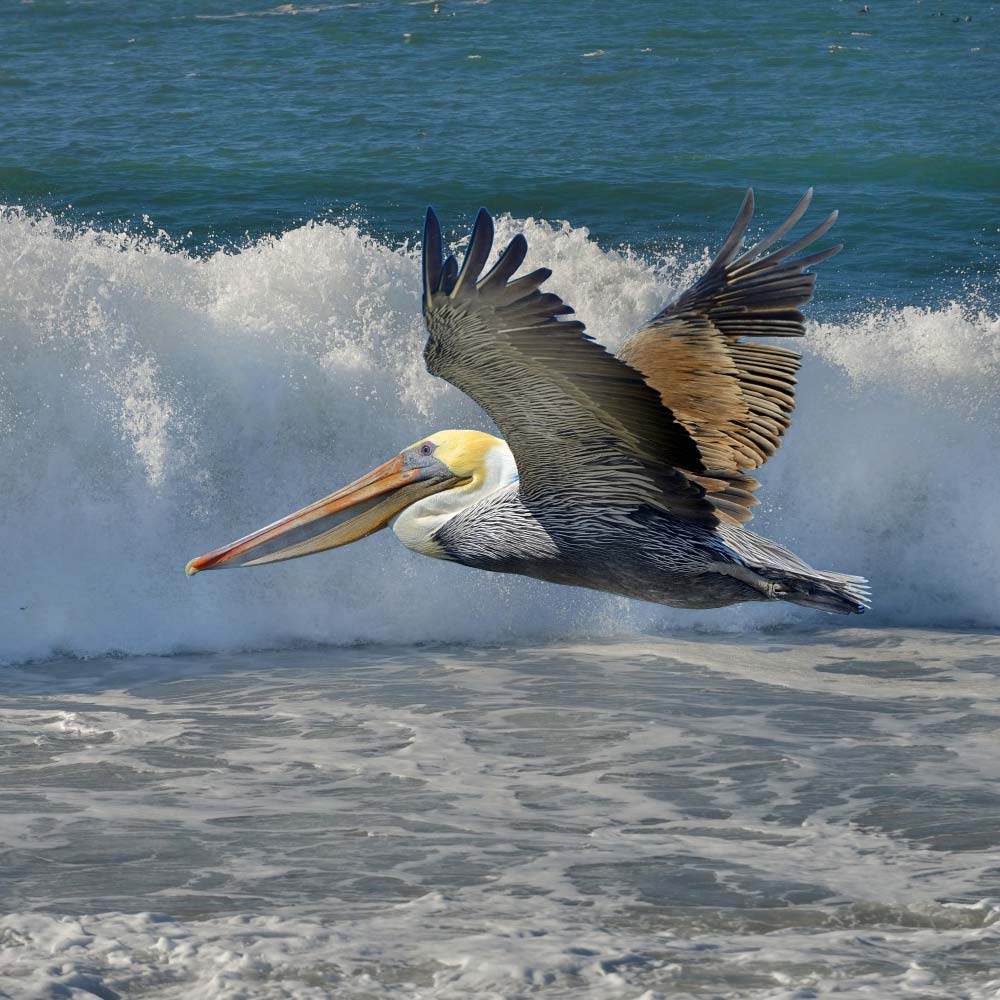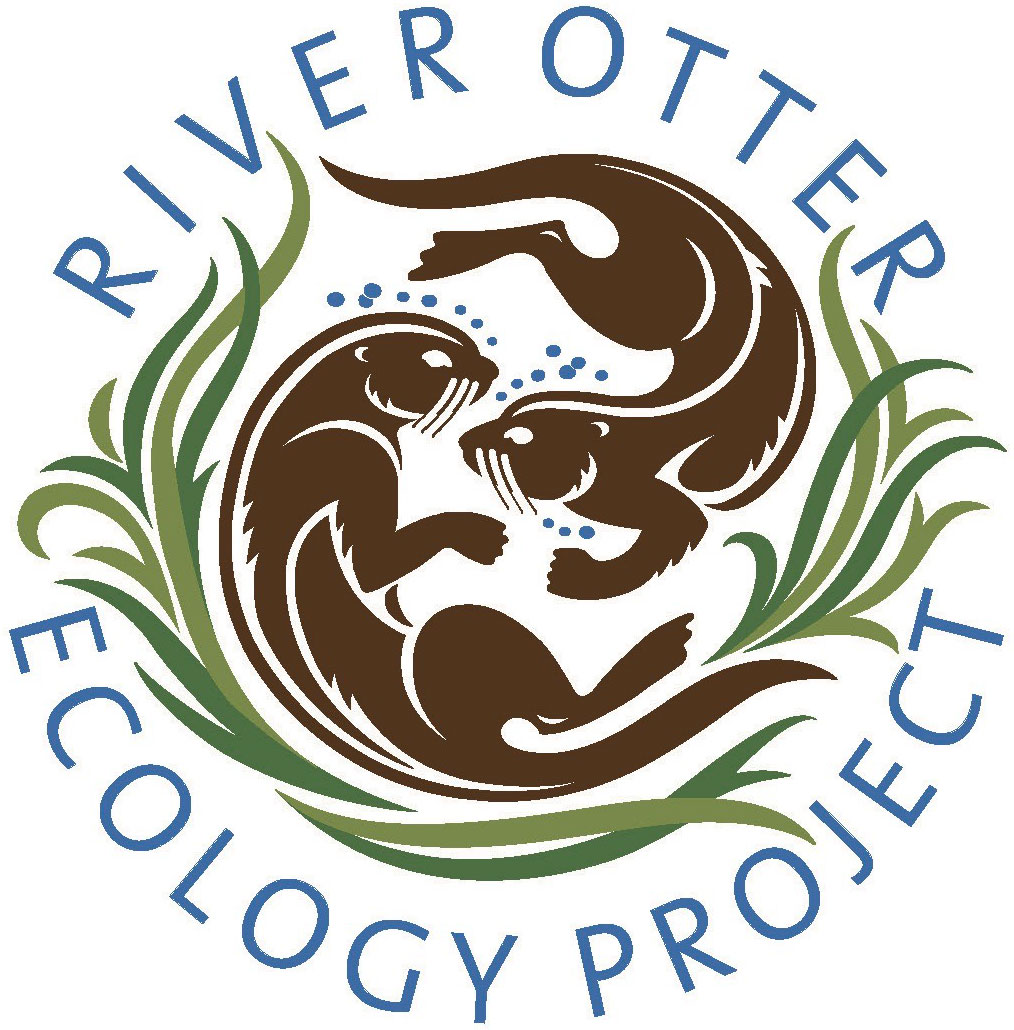Brown Pelican

During the summer months, brown pelicans migrate north from their breeding grounds in southern California and Mexico to roost in the San Francisco Bay Area.
Known as the “bird whose beak can hold more than its belly can”, the brown pelican is one of the largest and most magnificent seabirds on the Pacific Coast.
Pelicans are a familiar sight of a summer day at the beach, diving headfirst, plummeting up to 60 feet down until crashing into the surf. This force of the crash is cushioned by some special adaptations: a pouch that balloons like a parachute, and by air sacs located under a pelican’s skin that help it stay afloat.
A pelican’s pouch is quite unusual looking and stands out as its signature characteristic. It is this pouch that serves as an important tool for pelicans, as it gives them a distinct advantage over other creatures that are competing for fish in the sea, including sea lions, gulls, grebes, sharks, humans, and many others.
When diving, at the moment of impact, a pelican uses this pouch to scoop up fish or crustaceans. It will then tip the front of its bill down to let excess water stream out. In this way the pouch functions as an expandable net, allowing pelicans to be highly skilled and extremely efficient fisherman.
Brown pelicans are a federally listed endangered species. They were placed on the endangered species list during the 1970’s after a widely used pesticide called DDT had nearly wiped the entire species out.
The River Otter Ecology Project is a registered 501 (c)(3) EIN #45-4997526 non-profit organization dedicated to the welfare of river otters and our watershed. We receive no government funding, and depend solely on financial support from our friends. Our organization is not affiliated with any other otter-related research group or community outreach organization.
© 2018 River Otter Ecology Project
Contact
River Otter Ecology Project
PO Box 103
Forest Knolls, CA 94933
General email
